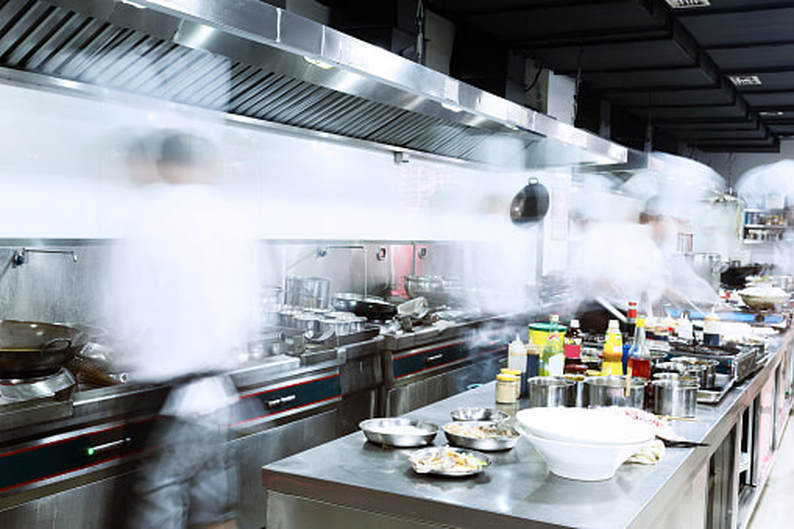|
Air flow is really important for your restaurant kitchen, so to the details and picking a commercial kitchen exhaust hood is no exception. There are multiple factors to consider before you make your decision, and choosing the wrong hood can leave your premises at risk for increased odours, germ build-up, and even a higher risk of a fire occurring. This investment is well worth researching, which is why we’ve compiled some of the best advice for choosing a commercial exhaust hood for just about any application:
Fire Suppression Especially if you happen to be looking for commercial kitchen exhaust hood for schools, you’re going to need to take specific school building codes into consideration. One of which is the need for fire suppression—a necessary function for any cooking appliance that’s going to produce grease or smoke. Fire suppression will also be needed for just about any other commercial application. Heat, Smoke & Grease Control If you’re getting a commercial kitchen exhaust hood for restaurants usage, you’re definitely going to get your money’s worth out of the exhaust hood you choose. The frequent, everyday, almost non-stop usage means a higher potential for smoke, heat, and grease build-up. Removing this build-up isn’t just part of building codes, it’s also essential for your staff’s health and safety. The exhaust hood you choose needs to be able to remove grease to ensure it doesn’t settle on countertops and floors. Your exhaust hood should also feature the ability to remove smoke and heat to keep your kitchen as an ideal working environment. Odour Control In addition to the above, you should also seek out an exhaust hood that will help control cooking odours. Without this function, the odours will quickly get out of the cooking area and into the eating area and other parts of the building where they are likely to seep into fabrics and materials while mixing and potentially causing diners to feel nauseous. Choosing The Right Type Any type of cooking that involves frying, boiling, or grilling needs a Type 1 hood. If the cooking you’re doing only produces moisture and heat (and no smoke or grease), a Type 2 hood will likely be sufficient. Designs to Consider Proximity hoods are small and mounted closer to the cooking appliance than other hoods. These are ideal for lower exhaust applications. Wall-mounted canopies typically extend over the entire appliance. They are large and can handle a higher volume than the above. Island canopies go over cooking appliance that are part of a bar or island configuration. They are mounted from the ceiling and can also handle large volumes of exhaust. Size & Mounting Height Some applications might require a custom commercial kitchen exhaust hood for special fitment requirements or aesthetic qualities. If you choose to purchase a custom exhaust hood, make sure that it meets all your requirements for grease removal, fire suppression, and odor control. Conclusion All of the above considerations need to be taken into account when choosing the commercial kitchen exhaust hood that’s right for your application. And, finally, you need to be sure that the ducting that runs outside to remove the exhaust is up kept properly and is able (structurally) to keep up with the amount of exhaust your hood is removing. This is just as important as having the right exhaust hood, but with both things considered, your kitchen will be able to maintain an ideal working environment no matter the production rate. Also, get your free quote at www.amssgroup.com.au when choosing your new kitchen exhaust hood.
0 Comments
Your comment will be posted after it is approved.
Leave a Reply. |
AuthorAll Metal and Stainless Solutions specialises in the fabrication and installation of a broad range of custom stainless steel items for commercial, residential and architectural use. Archives
December 2017
Categories |



 RSS Feed
RSS Feed